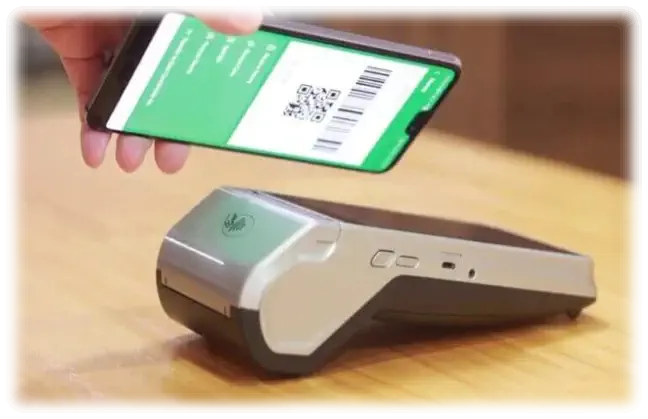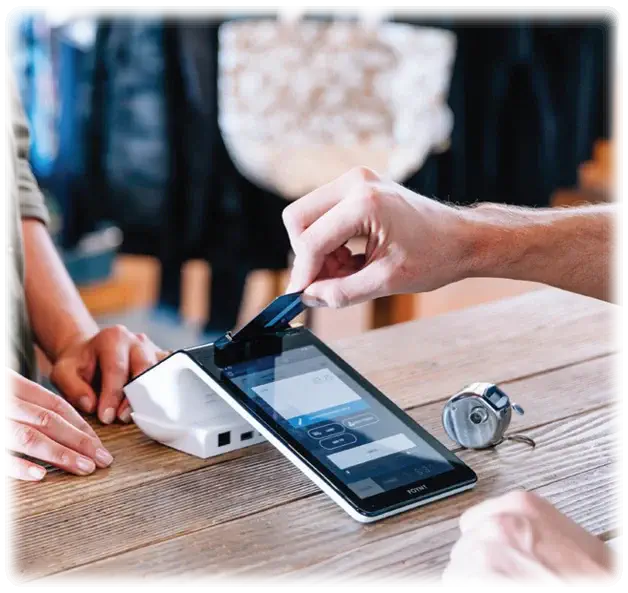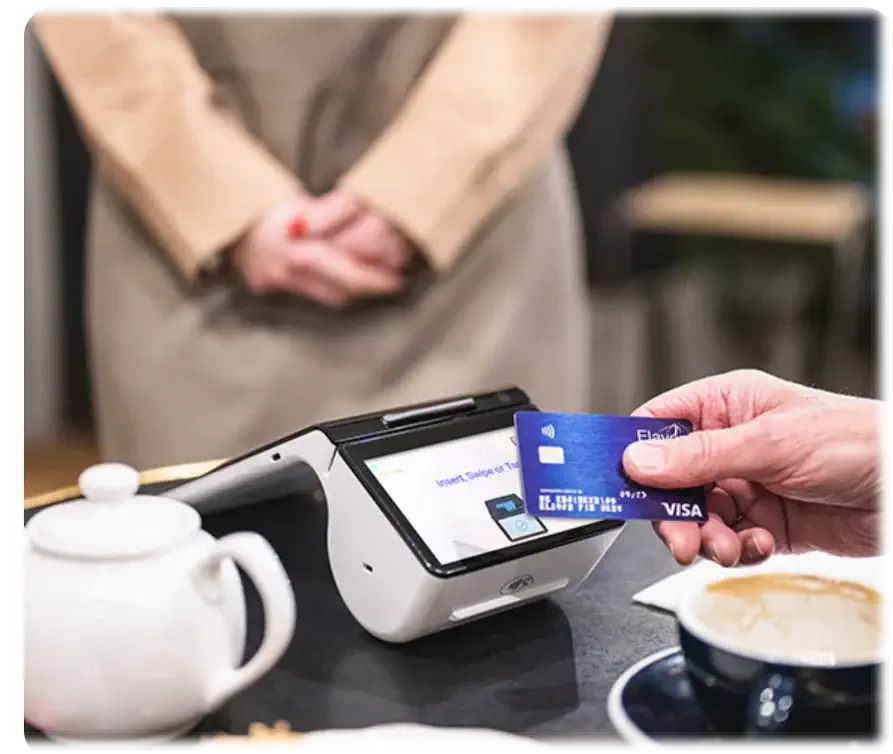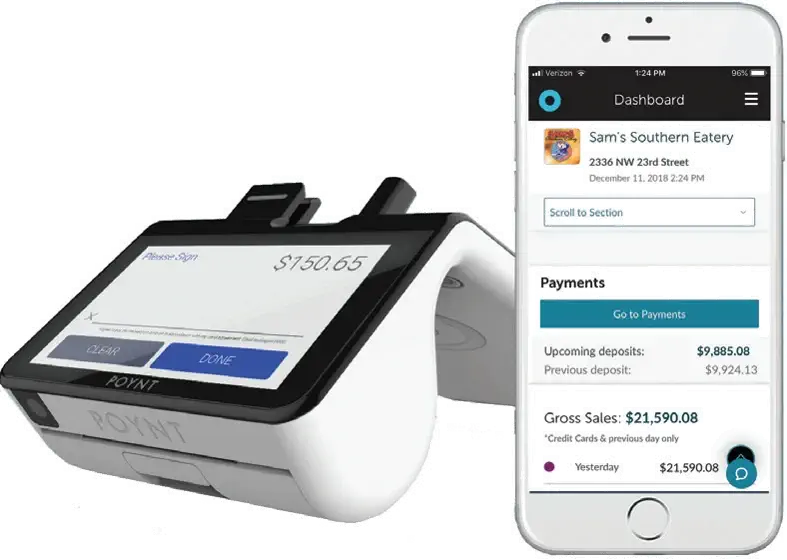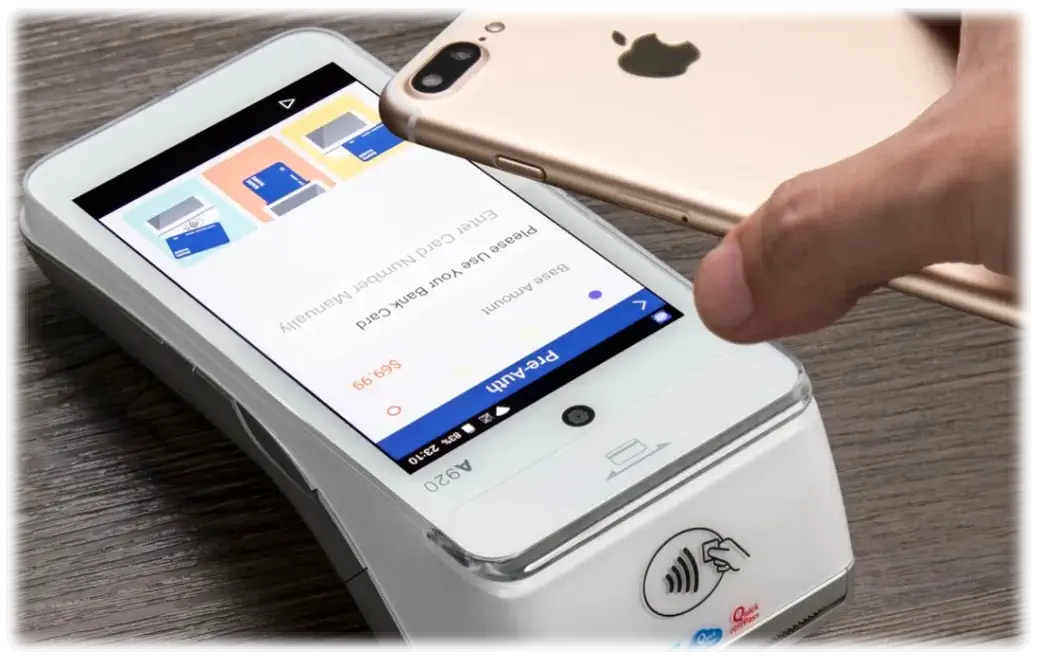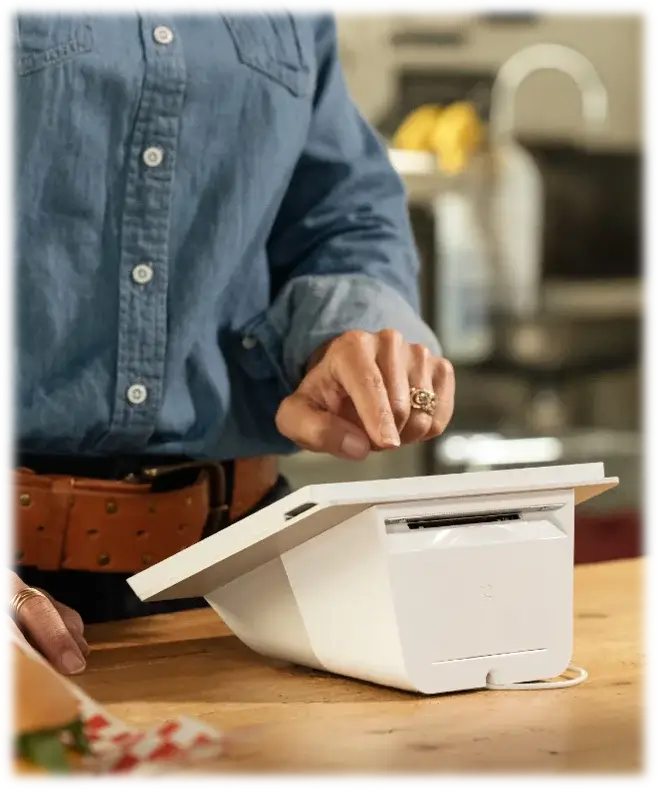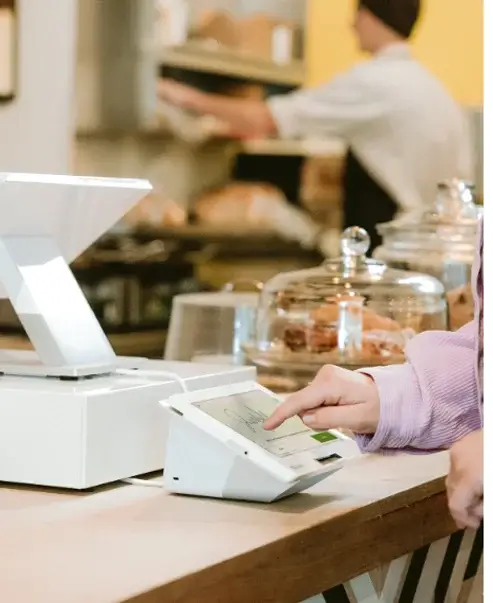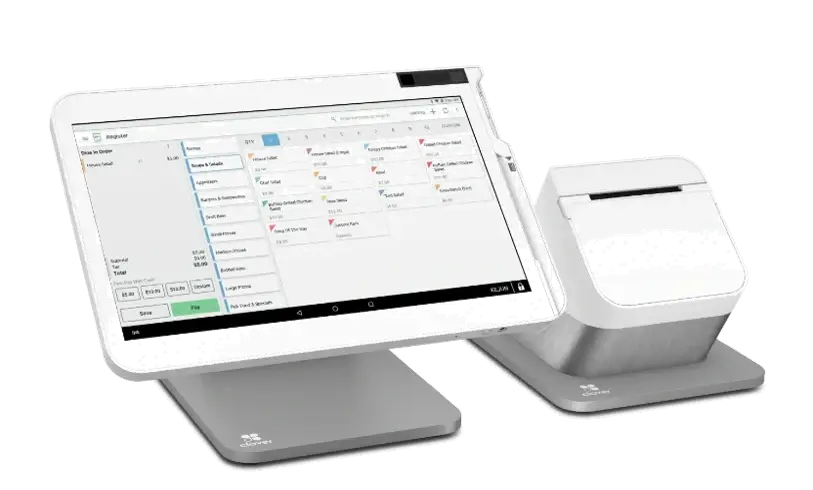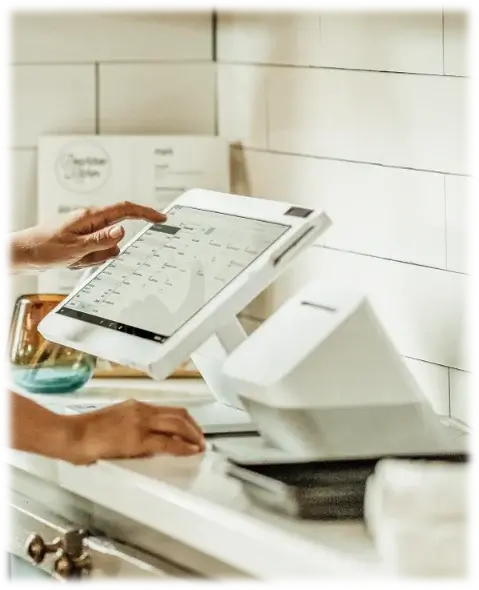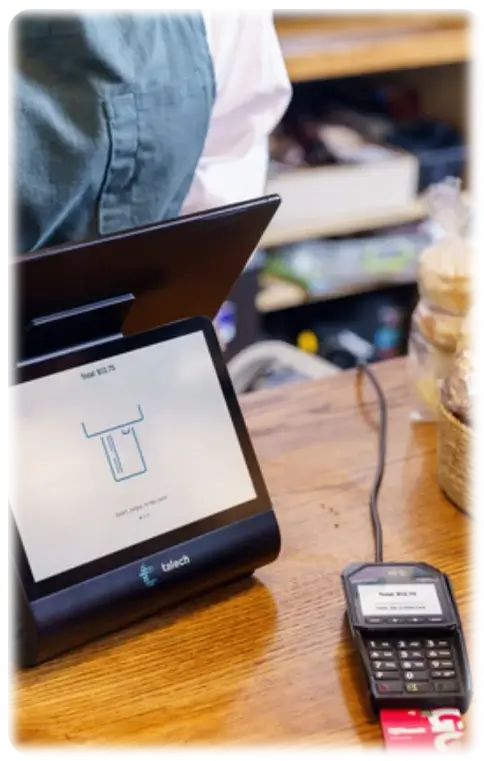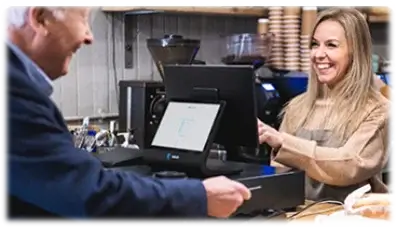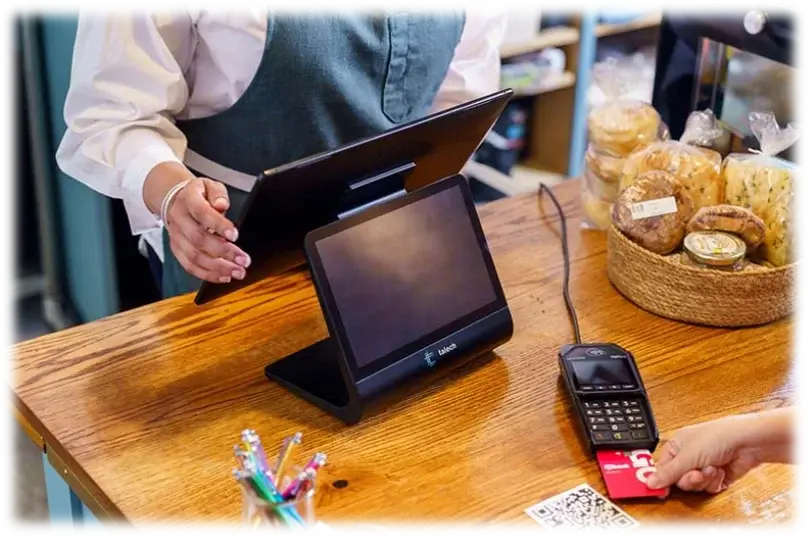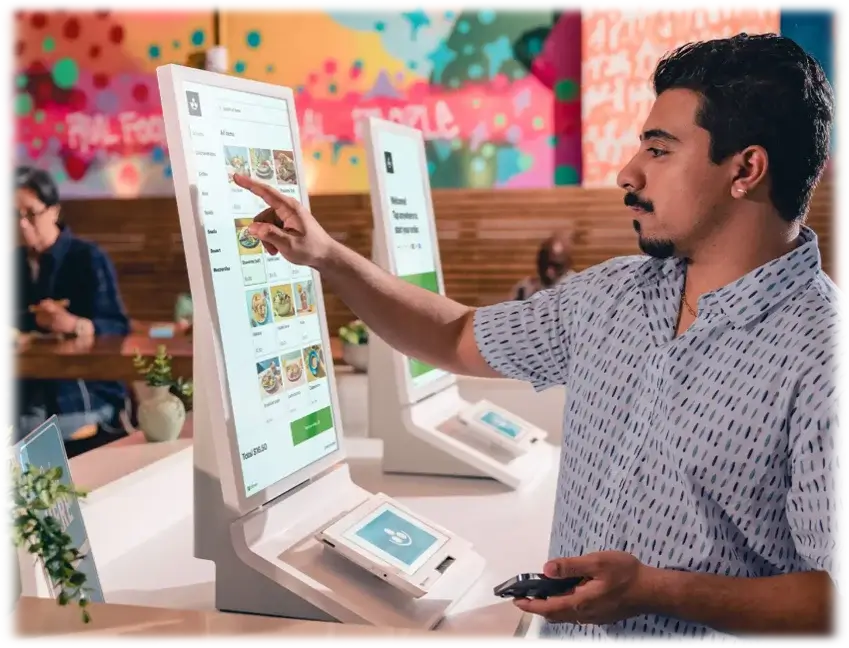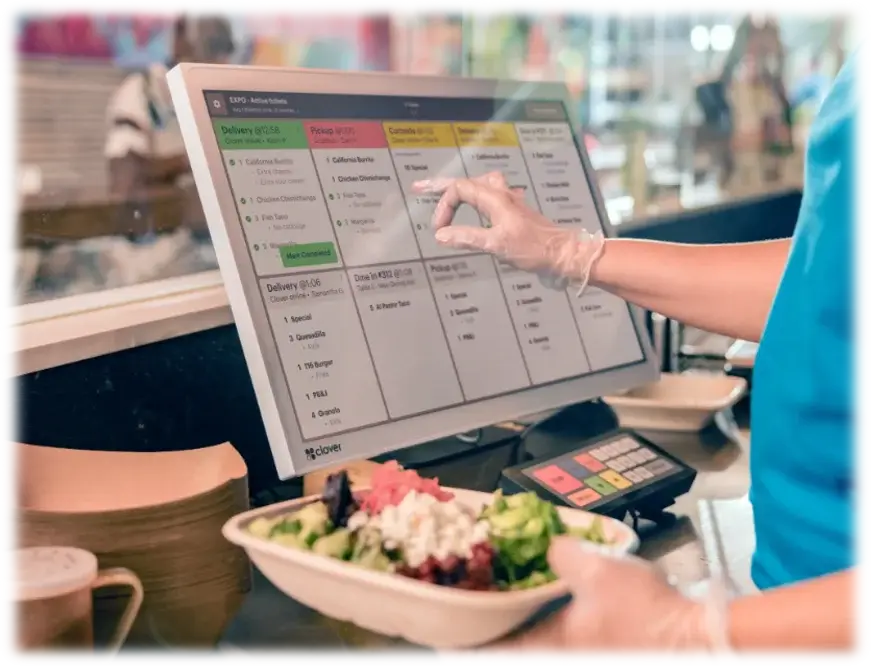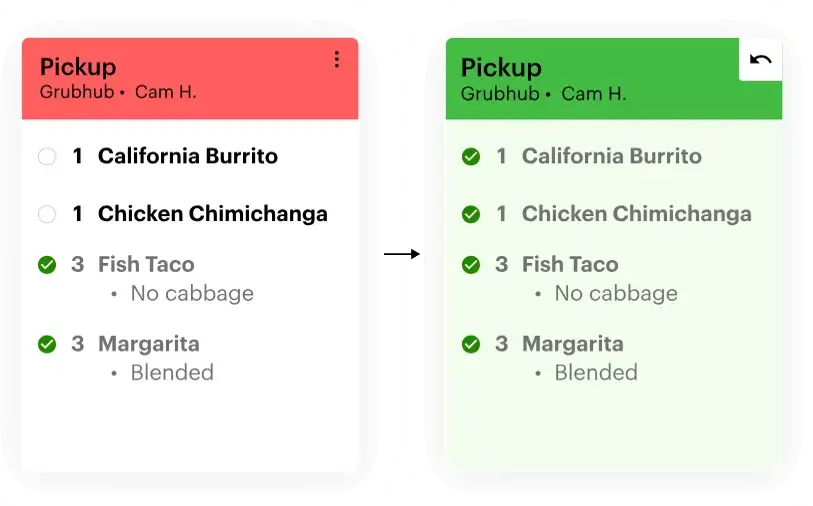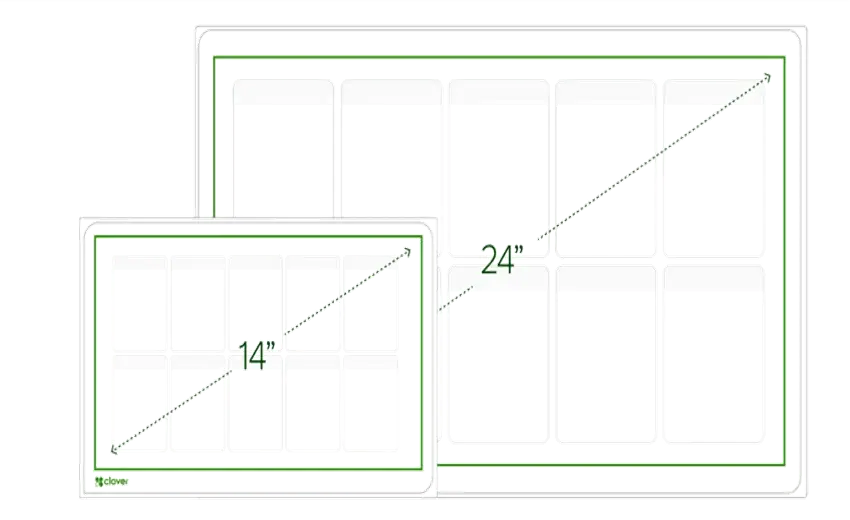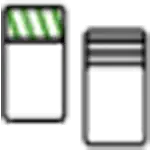What Is A Point Of Sale (Pos) System, And How Does It Work?
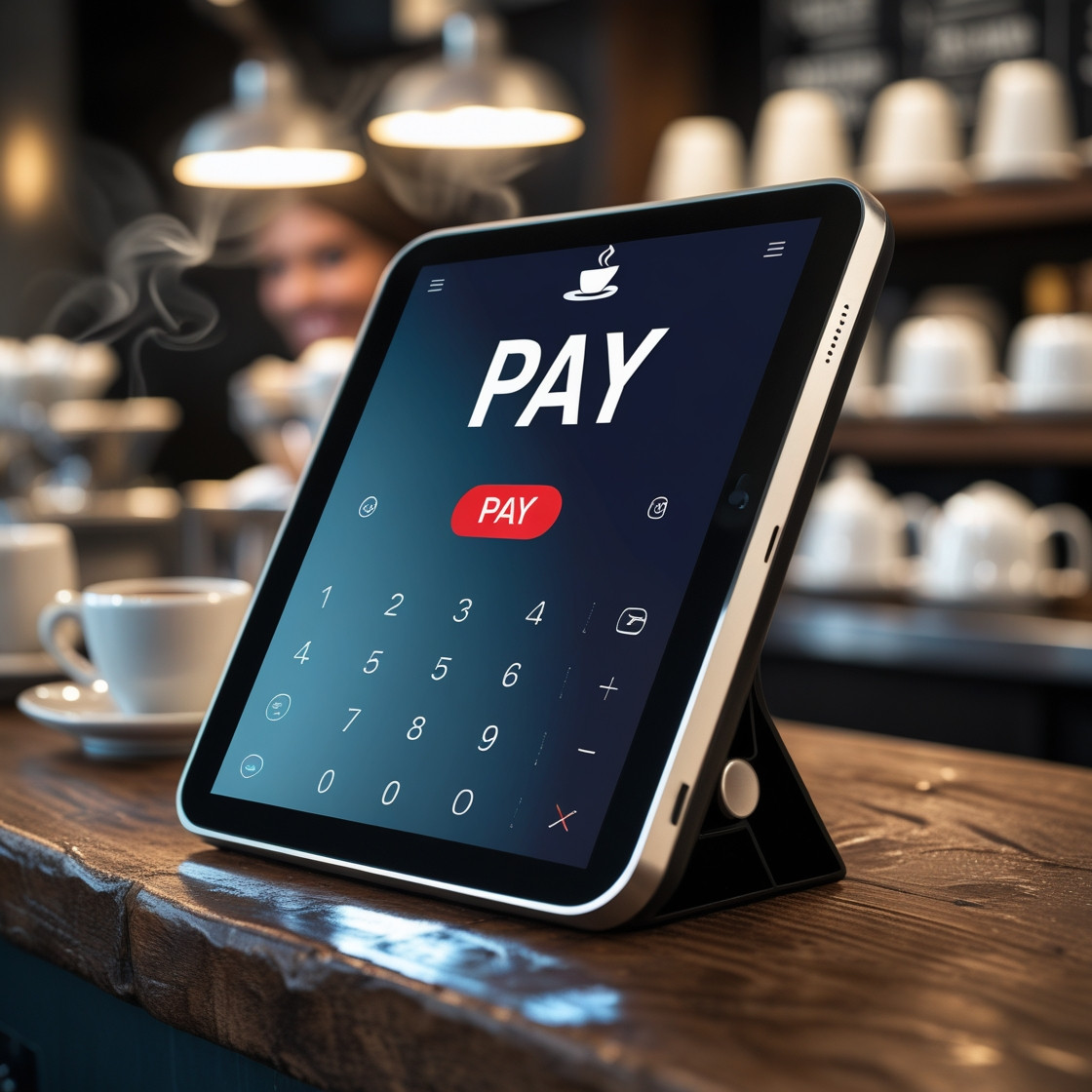
Do you ever fantasize about a world where running an amazing outfitting retail store or restaurant operates smoothly and effortlessly? See, you will have a system that centrally accepts payments from debit and credit cards, as well as digital wallets, while managing inventory, tracking sales, and providing real-time analytics—in the snap of your fingers. That world indeed exists today through the phenomenal technology of POS systems, or point of sale systems.
In this blog, we will discuss what a POS is, how it works, and why POS systems are becoming increasingly essential for small businesses, retail shops, and restaurants. Whether you're looking for point-of-sale systems near you or considering some of the top point-of-sale (POS) systems in the USA, this guide will be a valuable resource. Let's get it rolling!
What Is A Point Of Sale (Pos) System?
The hardware and software that businesses use to complete a sales transaction are collectively referred to as a point-of-sale (POS) system. Imagine that: a modern cash register, but so much more powerful. It combines hardware, such as cash registers, barcode scanners, and card readers, with software to manage sales against inventory and customer data, among other functions.
So, what is POS in simple terms? It equips a business with the means to take payments from cash, credit card readers, or digital wallets such as Apple Pay or Google Pay and records all transactions immediately. Then, the POS payment system updates your inventory, sales records, and financial reports.
How Do POS Systems Work?
It's magic to compose a theme only to undo for disentangling the understanding of a machine without an oil well. Here is a breakdown:
Seeking Sale: Whenever a customer pays, the cashier or an operator scans items by barcode scanner or enters the item information manually into the POS system.
The POS system accepts cash, credit, debit cards, and digital wallets for seamless payment processing. With a new shop POS system, it is possible to make payments through cards and digital wallets by connecting to the card reader or contactless terminals.
Authorization and Processing: When a card is used to pay via a point-of-sale (POS) terminal, the first communication occurs between the credit card processor and the payment authorization system. Then, the transaction will be authorized, and payment will be processed, along with the generation of a receipt.
Updating Inventory and Records: A sales system adds inventory, sales data, and, if necessary, customer profiles. It saves time and reduces errors by automating the process.
Reporting and Analytics: The majority of reports focus on sales and inventory. Many cloud-based POS systems provide real-time dashboards that display sales trends, peak hours, and stock levels, enabling more intelligent business decisions.
Hardware And Software Components
A typical POS system consists of the following:
Hardware: Cash Register, a touchscreen terminal like SmartPOS-129 Professional Cash Register, barcode scanners, receipt printers, and card readers.
Software: The core application that handles sales, payment acceptance, inventory tracking, and interaction with other business apparatuses such as Square POS, Lightspeed, and Clover.
Retail And Restaurant Types Of POS Systems
According to the size of your business as well as your needs, the types of POS systems that are available for retail and restaurant usage are:
Traditional POS: Standalone hardware, suitable for small shops or cafes.
Mobile: Portable devices, used at farmers’ markets or pop-up shops.
Cloud POS: Hosted online with real-time access and flexibility applicable to small businesses with point of sale systems or for home use
Some of the best point-of-sale systems include Square, Lightspeed, and Clover POS. For restaurants, a preferred point-of-sale and management system would be one such as TouchBistro or Toast, which provides features for things such as table management or order tracking.
Why Are POS Systems Game-Changing For Small Businesses?
The systems at the point of sale for small businesses are revolutionizing how most entrepreneurs work. These systems provide the following benefits:
- Effectiveness: Faster transactions with fewer errors
- Warehouse management: Automatically maintain stock levels
- Insights to customers: Customer data collection for loyalty programs
- Multi-channel selling: Internet and offline sales will be managed simultaneously by a single system.
- Accepts payment: Processing payments from all the usual sources, including digital wallets.
Careful Thrifty Payments: On Top Of The POS Solution
Among the many providers, Thrifty Payments stands out for its core features, including affordability and reliability. They offer premier products and services in POS, including the best POS in the USA and the best POS system for retail. Their solutions are ideal for point-of-sale systems for small businesses, providing a free POS option in the USA for startups and small shops.
Comparing Baseball POS Systems Across The USA
For example, some processors consider scalability, product features, the price of each POS system in the USA, and how they handle customer interactions. Notable POS systems for restaurants include Square POS, Lightspeed, and Clover POS. These three names are trusted due to their comprehensive features and cloud-based capabilities, making them one of the best options for various types of businesses and start-ups.
FAQs On POS Systems
What are the four types of POS systems?
They are classic, mobile, cloud-based, and hybrid.
What is a point-of-sale system?
It is a system for managing sales transactions and any related business processes.
Which POS system is the cheapest?
Some of the more affordable options include Square POS and the free POS offered in the USA.
What is the difference between CRM and POS?
CRM deals with the front side of business: relations with customers, while POS deals with the transactional side. Nevertheless, many new-age POS systems offer some level of CRM integration.
Is Salesforce a POS system?
No, Salesforce is a CRM, but some integrations allow you to mix its features with POS data.
What are the best sales CRM systems?
Some of the popular ones are Thrifty Payments, HubSpot, and Zoho CRM.
Conclusion:
In conclusion, what is a point of sale (POS)? It is one of the critical business systems that helps businesses accept payments, manage sales, and derive valuable insights, all while providing their customers with a seamless experience. Whether you are searching for point-of-sale systems for retail, point-of-sale systems near me, or the best point-of-sale systems in the USA, having a thorough understanding of these basics will help you make informed decisions.
Thrifty Payments is an excellent option among reliable and affordable POS solutions, helping small businesses thrive in a competitive market. Therefore, if it's time to boost your business with a POS sales system, it's time to start looking now!


